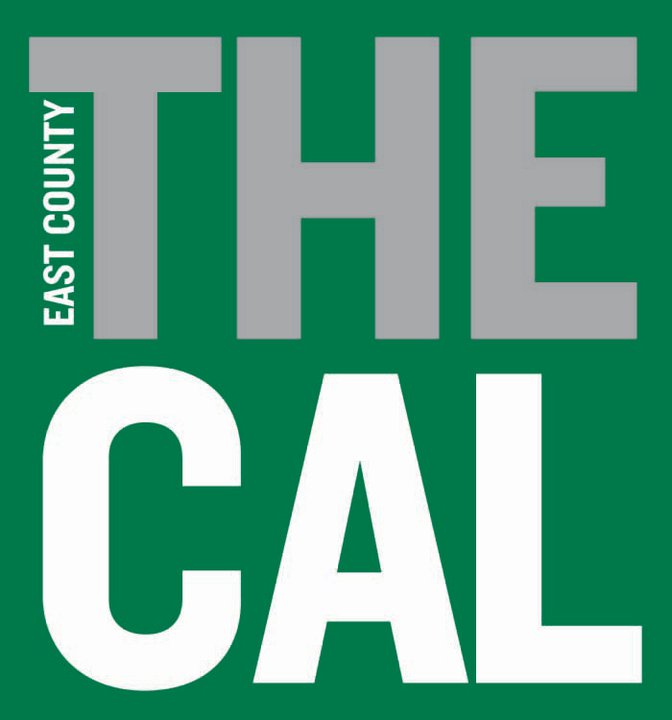The Padre Dam Municipal Water District has adopted their Final Mitigated Negative Declaration (MND) and approved the East County Advanced Wastewater Purification Project.
The Board of Directors voted unanimously to pass the plan at its monthly meeting on Dec. 5, 2018.
The project is a partnership between Padre Dam and Helix water districts, as well as the City of El Cajon and the County of San Diego. The plan is to recycle and purify East County wastewater to create “a new, substantial and drought-proof water supply.”
The Padre Dam Municipal Water District has adopted their Final Mitigated Negative Declaration (MND) and approved the East County Advanced Wastewater Purification Project.
The Board of Directors voted unanimously to pass the plan at its monthly meeting on Dec. 5, 2018.
The project is a partnership between Padre Dam and Helix water districts, as well as the City of El Cajon and the County of San Diego. The plan is to recycle and purify East County wastewater to create “a new, substantial and drought-proof water supply.”
The goal is to reduce the region’s dependence on imported water. The new system is calculated to result in an estimated 11.5 million gallons of drinking water daily.
The project will reclaim wastewater at a Santee plant and then pipe it to and into Lake Jennings for storage. The project calls for a new underground pipeline through Santee and Lakeside (including a portion of the El Monte Valley) to convey the water, in addition to new plants to receive, clean and move the waste water.
In September 2018, Padre Dam announced the MND and invited public comment.
This lasted 30 days, from Sep. 15 to Oct. 15. About 30 community members and organizations responded to the plan. Each concern in every letter was addressed and a final MND was issued. Changes based on the initial public comments were mostly cosmetic, with some specific updates to address particular issues.
The conclusion of that report (and the draft plan as well) was that any potential environmental impact from the project would be “less than significant” or able to be mitigated to that level.
The MND includes a Mitigation Monitoring and Reporting Program to deal with potential issues during the construction of the project. The MND is required as part of the California Environmental Quality Act (CEQA).
The final plan was then docketed for the December meeting for a board vote. Stakeholders were notified of that vote on Nov. 30 for the Dec. 5 meeting date.
Four people attended the board meeting and spoke, including an attorney representing the City of San Diego, who had written a five-page letter addressing their issues with the project.
While numerous issues were cited in the written public comments, additional issues were raised at the meeting, including concern for the flume trail, trail safety and traffic impacts.
Concern for the Flume Trail
Would the trail stay or not? The trail was opened only last year (2017) and has become a popular one for hikers, bicyclists and equestrians. The project calls for a 22-inch pipe to be placed above ground, alongside the trail, for a portion of the path.
The safety of the trail itself
Would the new pipeline squeeze an already narrow trail to a point that users – especially horse riders – would not be able to pass each other? The point was made by Mary Ann Vancio that if the trail were made safe for horses, it would also be safe for both hikers and bikers.
Traffic impacts on Mapleview Street
The pipeline in planned to be undergrounded along Mapleview, a stretch of street already impacted by El Capitan High School traffic and the signaled interchange at Highway 67. It is already a morning and afternoon nightmare for commuters and could become a safety issue for high school students.
The last speaker was Deputy City Attorney Ray Poalucci from the City of San Diego. His mission was to read a letter into the record.
The city’s written response to the draft MND was late, written a day after the public comment period had closed.
The five-page letter addressed six issues and concluded by voicing its “immense concerns … about the impact” of the project on the city.
At the conclusion of the public comments and prior to the vote, the Board of Directors thanked all who attended and several members addressed the audience.
“We are committed to working with the public,” said Vice President James Peasley.
President Bill Pommering went a bit further.
“We want you to hold us accountable for doing what we said we were going to do,” he said.
Funding and other specifics of the project have yet to be determined.














